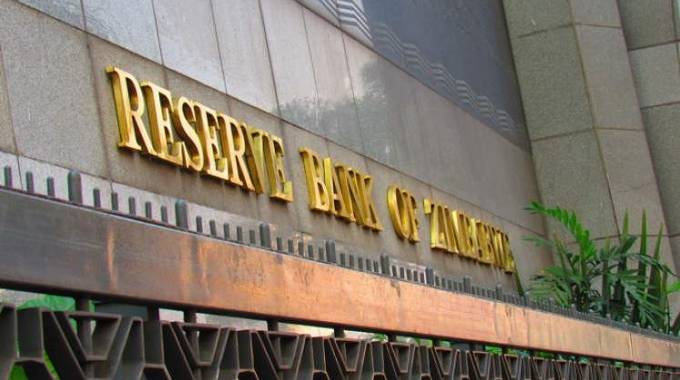Diaspora remittances net US$635 million

Business Editor
ZIMBABWE’s Diaspora remittances grew by 2,6 percent to US$635 million in 2019 from US$619 million recorded in 2018, according to the Reserve Bank of Zimbabwe (RBZ).
Although the country incurred negative inflows in the first eight months of the year, the month of September marked a positive shift with US$52,5 million flowing in compared to $46,4 million in 2018, which is a 13 percent variance.
The positive trajectory was maintained in October and November with December 2019 recording the highest monthly growth of 27 percent to US$67,5 million from US$53 million.
International remittances, which comprise transfers by international organisations for humanitarian assistance and the Zimbabwean Diaspora, are one of the critical sources of foreign exchange in the economy.
“Diaspora remittances amount to US$635 million, a 2.6 percent increase from previous year of US$619 million,” said RBZ Governor, Dr John Mangudya, in his 2019 monetary policy statement presented in Harare yesterday.
“International remittances received through the normal banking system on behalf of international organisations (NGOs) amounted to US$521 million, a nine percent decline from the previous year of US$570 million”.
There are, however, suspicions that the country could be receiving millions in remittances sent through informal channels. This is evidenced by the rampant operations of illegal money transfer agencies and use of cross-border transporters. Dr Mangudya also said the country’s ability to attract offshore lines of credit has remained curtailed due to the perceived country risk.
“In 2019, a decline of 21 perceived in the monetary value of private sector external loans approved by exchange control, was experienced compared to 2018 performance,” he said.
On balance of payments outlook, the Governor said the current account position was set to remain in surplus in 2020 on account of a recovery in exports and stable secondary income flows.
“In addition, foreign exchange shortages and positive expenditure switching effects of the liberalised foreign exchange regime are expected to result in compressed imports, further supporting a current account surplus,” he said.
“The financial account however, is expected to remain fragile characterised by huge scheduled repayments for offshore facilities, against subdued inflows due to the perceived high-country risk.
“Non-debt creating inflows, notably, Foreign Direct Investment (FDI) are also projected to remain low in the short term on account of perceived country risk profile.”
Meanwhile, the total foreign currency receipts for the period January to December 2019 amounted to US$6.88 billion, compared to US$7.21 billion received during the same period in 2018. This represented a 4.4 percent decrease in foreign currency supply. One of the major forex earners, gold, suffered a decline of 17 percent in terms of deliveries to Fidelity Printers and Refiners at 27,66 tonnes in 2019 compared to 33,29 percent in 2018. The national gold target for 2019 was 35 tonnes with the decline attributable to electricity challenges coupled with inadequate equipment for small scale miners to access deep gold reefs and gold leakages through smuggling.











Comments